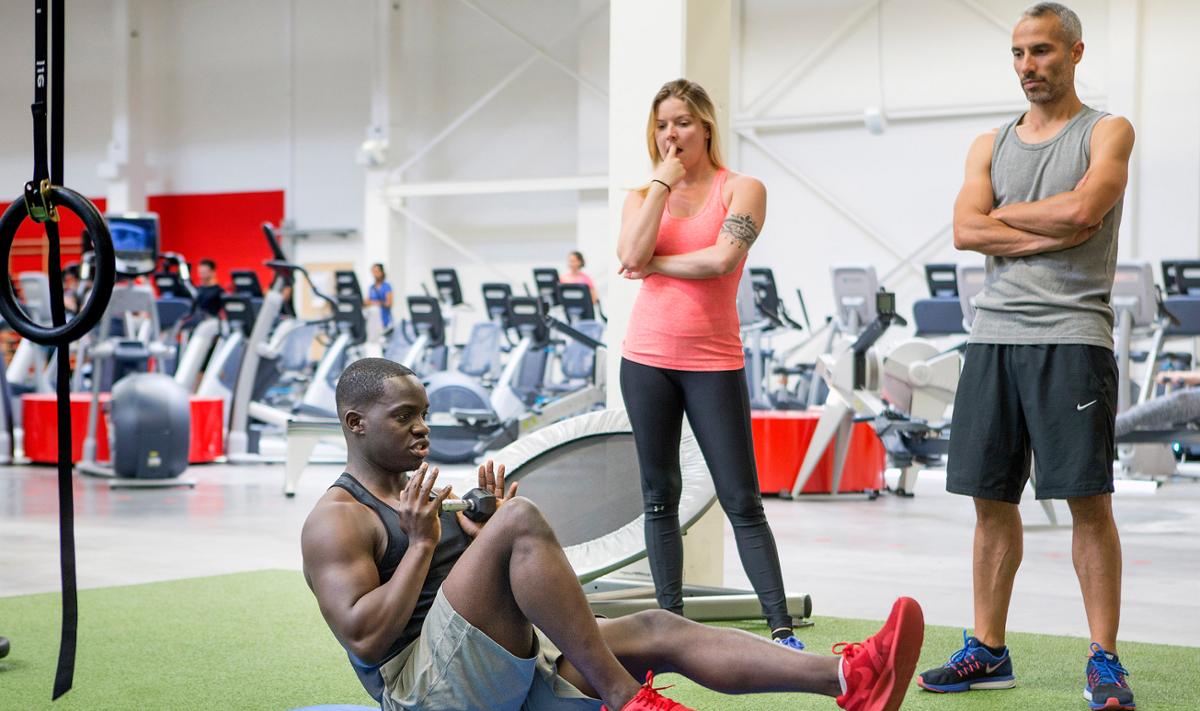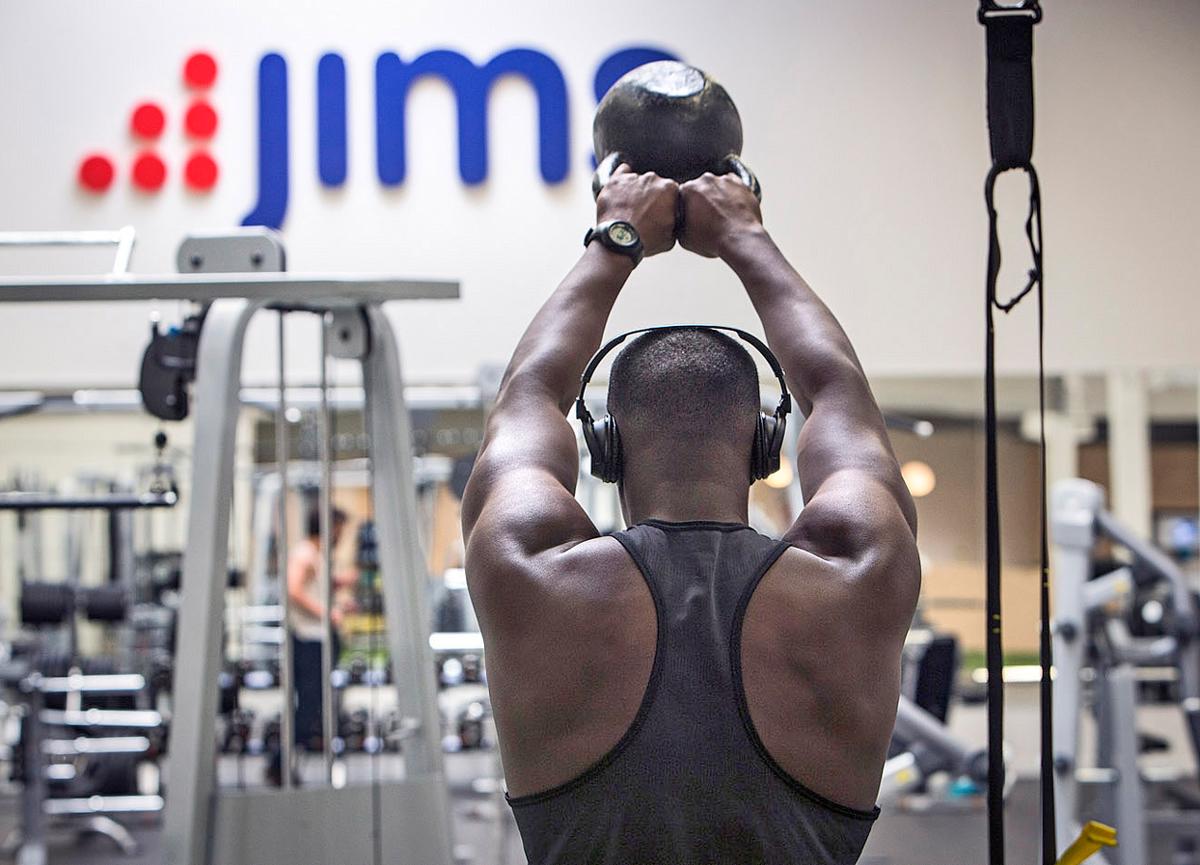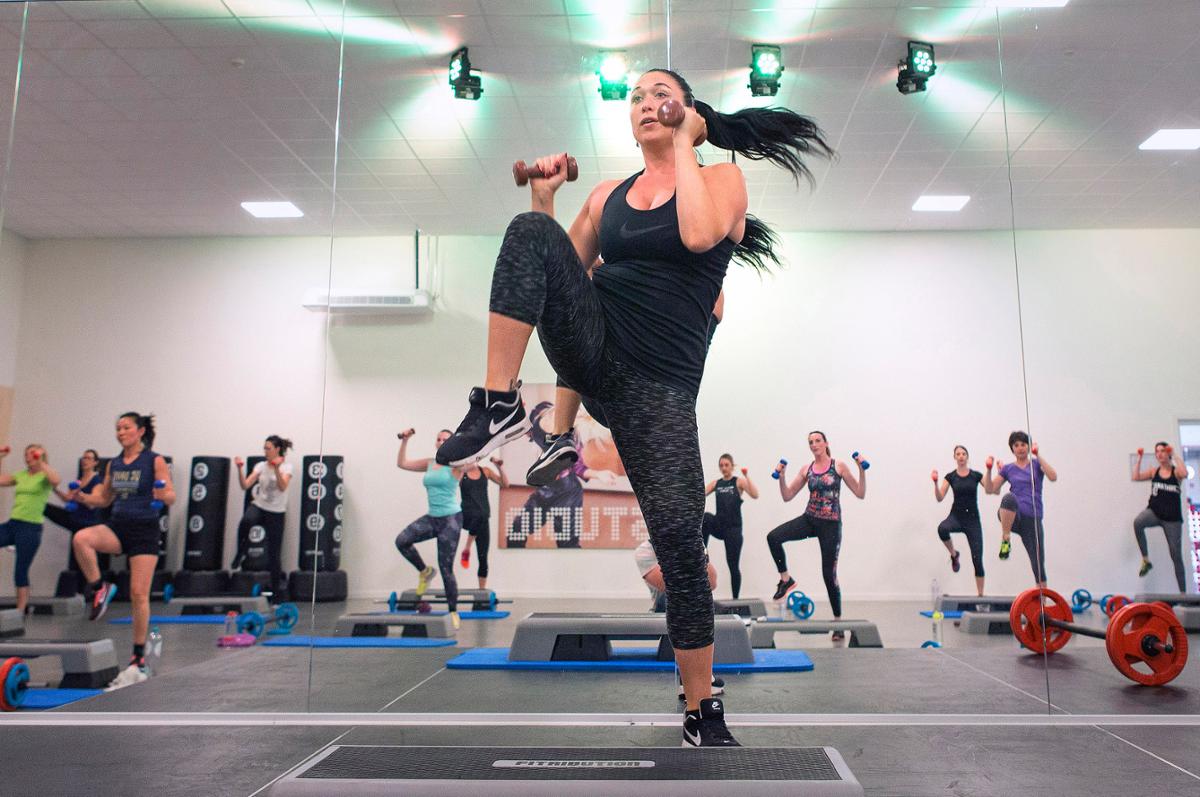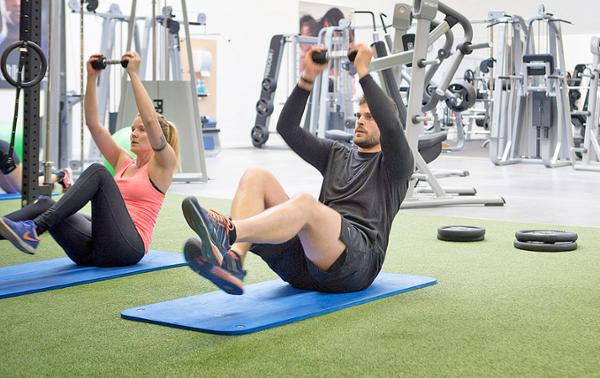This year’s European Health and Fitness Market Report found the European fitness market was strongly impacted by club closures and operational restrictions in 2021, for the second consecutive year. Many operators tried to overcome this situation through the development of innovative solutions to enable fitness practitioners to either work out in a safe environment, or in a virtual environment when fitness clubs were closed.
Beyond the health club
For the report, 11,000 consumers from 19 countries were asked about their fitness routines in a representative survey in terms of gender, age and urbanisation. Even if the survey results show the pandemic had a negative impact on fitness behaviour in many European countries (in 14 of the 19 countries, the number of consumers who cut back their fitness routines during the pandemic exceeds those who increased their exercise frequency), the consumer sentiment indicates an increase in physical activity beyond pre-COVID levels might occur once exercise becomes, and remains, possible in a safe, largely unrestricted setting.
After the sharp decline of fitness market KPIs in 2020, the number of European fitness clubs (63,173) and overall memberships (56.3 million) in 2021 increased slightly by 0.2 per cent and 2.0 per cent, respectively.
A further reduction was prevented mainly through the strong rebound in memberships in the UK and Spain – two of the biggest European markets – as well as through the continued expansion of larger fitness operators.
The situation is different for total revenues, which decreased by 11.4 per cent to €17.1bn (US$17.9bn, £14.8bn). Gyms in many European countries had to close for several months in 2021 so from an accounting perspective, no revenues could be realised during these periods.
Regional variations
However, contrary to what these overall values suggest, the European fitness market does not exist, but is the aggregation of various, often highly heterogeneous, markets which are not moving in a uniform direction. The two largest European fitness markets, Germany and the UK, stand representative of this.
As fitness club operations in Germany were subject to comparatively strict, pandemic-related measures (including club closures for almost half of the year) in 2021, revenues dropped by 46.4 per cent to €2.23bn (US$2.3bn, £1.9bn). UK gym operators benefited from comparatively early club re-openings, combined with the lifting of restrictions and experienced a strong membership rebound, resulting in a revenue increase of 34.4 per cent to €3.56bn (US$3.7bn, £3bn). This means that last year’s revenue development in these two countries – when total revenues in the UK (-51.9 per cent) dropped by a larger share than in Germany (-24.5 per cent) – has been reversed.
Despite the overall revenue decrease in the European market, the Top 15 operators were able to increase their revenues by 1.8 per cent to a cumulated value of €3.1bn (US$3.2bn, £2.7bn) in 2021. In particular, leading fitness chains from the UK, such as David Lloyd Leisure (56 per cent, including government payments), PureGym (21 per cent – Deloitte estimate based on companies’ Q3 2021 revenues), GLL (11 per cent) and The Gym Group (39 per cent) regained momentum.
Also, in terms of membership, the leading European operators were able to outperform the market. The above-average membership growth of the top operators is strongly related to new club openings. The most aggressive expansion strategy is pursued by Basic-Fit which opened 110 new gyms in 2021 and plans to enter the German market in 2022.
Mergers and acquisitions
With 19 M&A deals in which a minimum of four gyms, as well as at least 50 per cent of the target’s shares, were acquired, the number of European brick-and-mortar M&A transactions in 2021 settled at a constantly high level. The figures show that the trend of market consolidation by financial and strategic investors (ie other fitness club operators) continued despite the influence of the pandemic.
The largest transaction by number of clubs took place at the beginning of the year when Svenska N’ergy AB, which operates fitness clubs under the STC brand, acquired 94 gyms from the Swedish franchise fitness company, Puls and Träning.
Also, Spanish concession operator Forus, continued its growth with the acquisition of 10 Spanish Holmes Place clubs and 18 sport facilities in Italy.
The expansion was enabled by an investment from finance houses JP Morgan Asset Management and Ben Oldman Partners earlier in the year.
In Poland, fitness intermediary Medicover acquired 45 gyms in the course of four different transactions. Similar to its Polish competitor, Benefit Systems, Medicover pursues a strategy of vertical integration by owning a network of different fitness operators.
An interesting out-of-the-box transaction was the arrival of Colruyt (a Belgian supermarket chain) which entered the health and fitness market with the acquisition of 27 Belgian Jims Fitness clubs. Through the acquisition, Colruyt wants to combine nutrition and exercise competence for a powerful consumer experience.
Fitness behaviour
Although it’s difficult to predict how quickly the European fitness industry will return to its pre-pandemic level, signs from the market in 2022 – with no or only a few limitations for gym operations – are very encouraging. As one example, Basic-Fit increased memberships by 18 per cent in the first quarter of 2022, compared with the end of the previous year.
The relatively fast return to fitness clubs not only underlines the advantages of professional equipment and social interaction, but also indicates that gyms will stay as centrepieces of the fitness ecosystem. Nevertheless, smaller operators will need more time to fully recover from the pandemic.
At the same time, new fitness solutions have been established to support fitness practitioners during their workouts outside the fitness club, most of them focusing on digitally enhanced or at-home fitness. Those new offerings enrich the variety of opportunities from which a consumer can choose to build their own fitness experience based on individual preferences.


























































